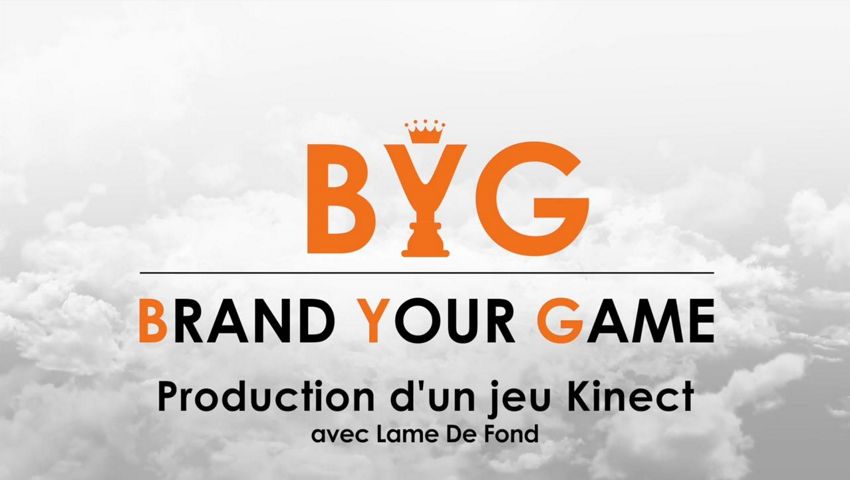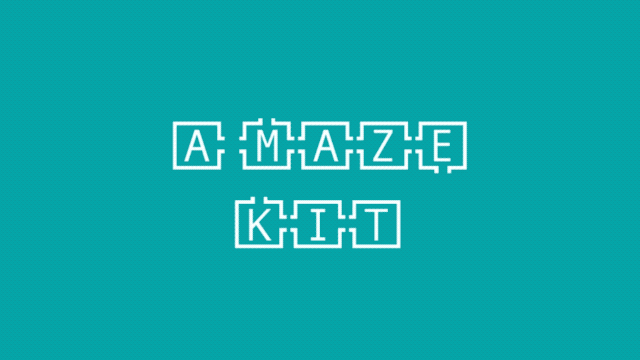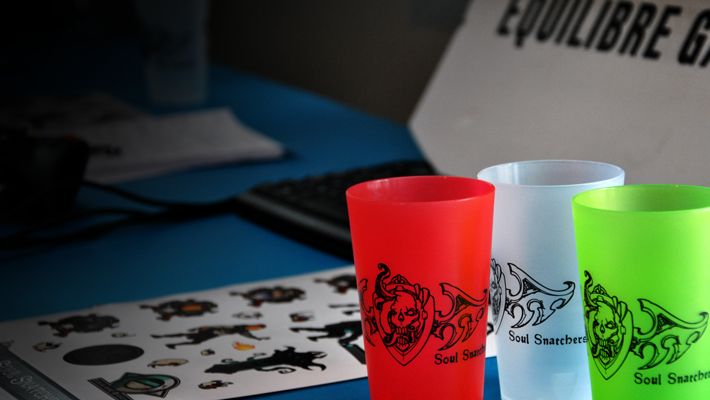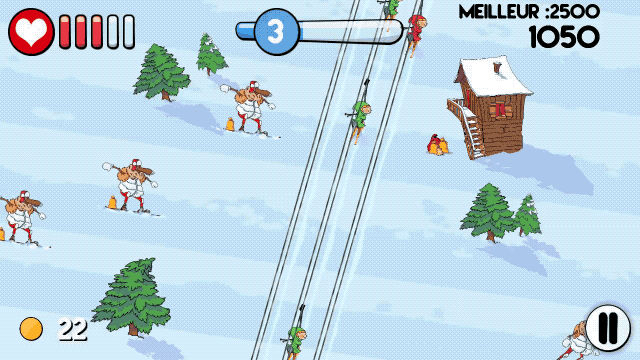Creation of BYG(*) : brand promotion using video games
Creation of a new brand
Equilibre Games is doing well for a few years now, even if we did not hit our stride, but mixing unity training (to pros and in video games schools), work for hire and prototyping is the trio that works for us. We do work for hire but mainly not for video games company for two reasons:
- I don’t have the connections,
- In Angoulême, there are a lot of requests for projects tied to animation, for us too.
Projects for which we’re asked to create proposals? Companions apps: it was the time where it was fashion to get an app that is published along a movie that gets out, and a lot of them are created in Angoulême! So requests are disparate: sometimes the creation pipeline is already defined and we have to use it, but they don’t know what type of game they would like. Sometimers, pre production is not even started so they want to start from the early stage for both projects. Everyone has no idea what is a video game, what it implies, existing business model (sometimes they don’t care, they just want a free app that will be out at the same time of the movie), or any restrictions or budget. Proposal can go from 20K€ to 400K€ depending on the requests, but in any case, the first answer is often: “what, it’s that expensive? But we only want a little game like insert a current trending game, can’t we just copy it ?”.
So here it goes: it’s a shame, but yes, we will clone existing games.
As we are creators first, the first games we develope are not just clones, we take the game design core and add our little touch to be creative. That takes time and money, so after doing a first quick market study, we focus our strategy on three points:
- focus on low cost
- creation of a white-branded catalog
- promotion and sales
1 – How much does it cost?
First, you need to estimate how long it takes to develope a clone, the time took to replace visuals and sound effects of a game that can fit our standards. The first one would be a “R&D” cost that have to be absored by the company, the second one being truly the cost for a client. Obviously, there’s more than that: pre-sale cost, marketing costs, visual and sound quality checks etc., that you add and a reasonable margin. Then, you get your sale price.
Despite not being in Paris, and quite a good ratio of junior profiles in the team, don’t take a too low daily cost per employee. It’s hard to estimate that part, especially in France as talking about salary is tabou. Luckily enough, I worked in a service company (aka skills rent) and had access to different profiles daily-cost I took to create my first estimation that I consider right. Then, comparing the other existing offers on the market, I looked out for website, signed up for some of them, offers and advertising of other companies that seem to do the same. As things progress, I discover new ones, more and more targeted, I’ll get back to it.
To start and open our market, we have the idea of splitting in 3 subscribing offers: depending on the targeted platforms and requested options (social network sharing, campaign duration, etc.), but… again, I’ll get back to that later on.
We finally end up, after long discussions with prospects, with a good product landpage. We have the low cost entry offer, the one that no one really wants but that can attract the client for its low price, the middle offer, the one that we will send the more, and the high-end offer that everyone dreams of but never buy: 5k€, 25k€, 100k€.
Yes, you can get your own branded game for 5k€. With a low-end price like that, you only get a reskin of a mobile game, without any social network sharing, not marketing, no survey of in-game incentive. In fact, with a quite good margin and a company that was young enough, we even have easily a 2.5k€ margin with this offer. Well, that is, if we sell it. Because, obviously, if we don’t sell it, it cost a lot more. The goal is to higher up the margin to 4.5k€ for this kind of offer, with the industrialization of our product.
2 – the “catalog”
How many games should we start with to avoid being ridiculous? How long does it take to develop interesting clones? We use the summer time to add some valuable internships to the team and develop a little faster the first set of clones. At last, I think that we keep 60% of summer games for our first catalog. We conclude that 5-6 games with nice arts is enough to start our own marketing campaign. We’ve got a clone of piano tile, a 2D platform game, ski camp, a 3D runner (that will be developed through our training session called how to create in a one day training session then we add: two puzzle games, a second more casual 3D runner, and others afterward.
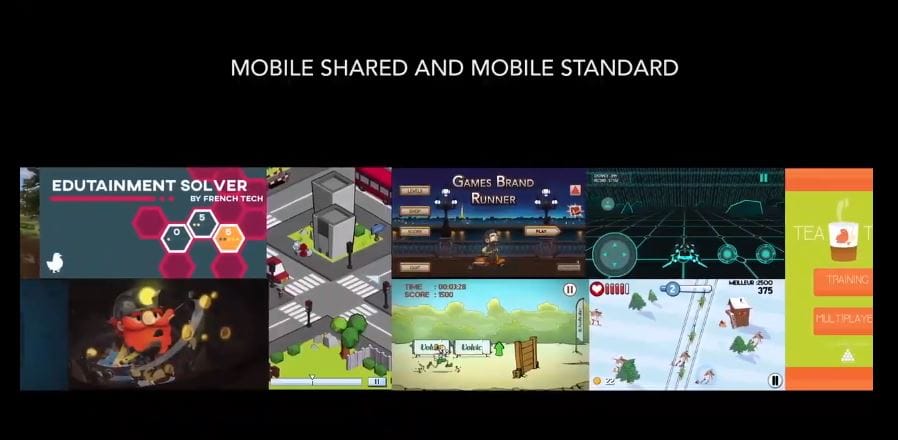
We continue to grow our catalog while we make new quotes, new prototypes, new work for hire projects. Sometimes, we will choose to delete games from the catalog as they are not qualitative enough or not hard enough to be pertinent. And we are touching one of the weak spot of our strategy, do you follow me?
3 – Clients
I’m not going to lie to you: as I don’t have contact (yet) in the video games industry, I don’t have contact in communication agencies ni in key accounts, and I don’t have any insights in the sales business. But, after having done some work for hires thanks to our Unity skills (thanks SNJV) and good feedbacks that we could get, our brand starts to be known.
Then a stroke of luck: a communication agency calls our local video games association when they are looking for a company that could do something like a video game.
At that time, I’m at an event in Paris to meet other developers, but I see the email, and as there is no brief, I call the agency right away. No answer, not a big deal, I send an email. One hour later, my phone rings: the agency answers me, we speak during an hour on the phone about what we can do, and I finally tell that we will send a quote within two days. The first email was sent to every video games studio of the area, we didn’t have much time, others could answer with a quote also, but we already have our catalog, it’s finally useful! I take time to write a clean quotation, with some reference images, the bases of the game design, the estimate cost for the project, and send it.
The wait is long…
Obviously, this is almost our first external client for which I write a quote without any third party partnership! Bang: they call us the day after and are so satisfied of our quote that they want to work with us. The budget was low: 14k€, but it was an entry-fee. And we finally ended up with a project cost of 28k€ that grew thanks to the pertinent options they wanted from us.
This project lasted 6 weeks.
And this client became a regular client, with others projects like this one year later without going after them, so I’m happyyyyy. The project goes rellay well: we had an answer for each request. And each step was done to be reusable. The year after that, they request an evolution, a few changes, all messages available in arabic, and it goes to Dubaï in 2017. I confess that I did not create my studio for this kind of project, but having a customer that enjoy so much the game that he creates a video only for it and send it to you, that makes you proud (even if the video does not fit our inclusive wishes).
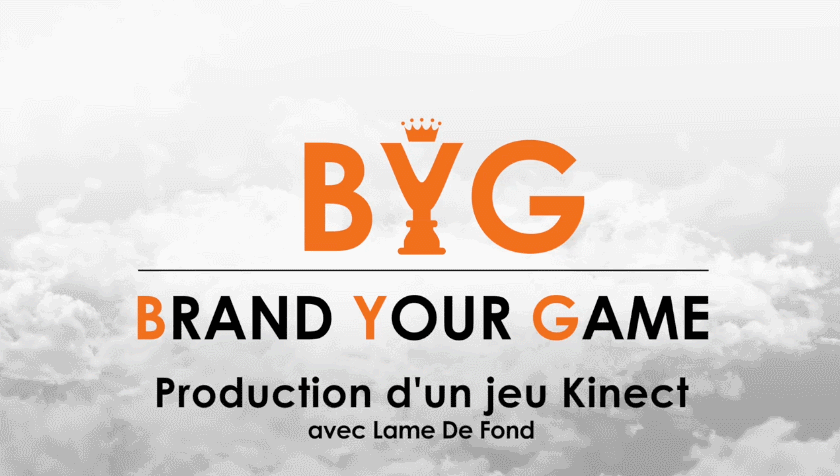
That is only the first client, and it was luck. Searching for other clients had to be a full time job after that, so I decided to hire a commercial to help us doing that. But that’s not even the next episode, there’s a lot things that happened before that!
(*) Brand Your Game was not always the brand name. We started with another name, too gamer oriented and with a partner that had to, beside providing the audio part, share commercial prospection, through its existing network. But the partner never did its part, and as the brand was not good enough, we started over!!
